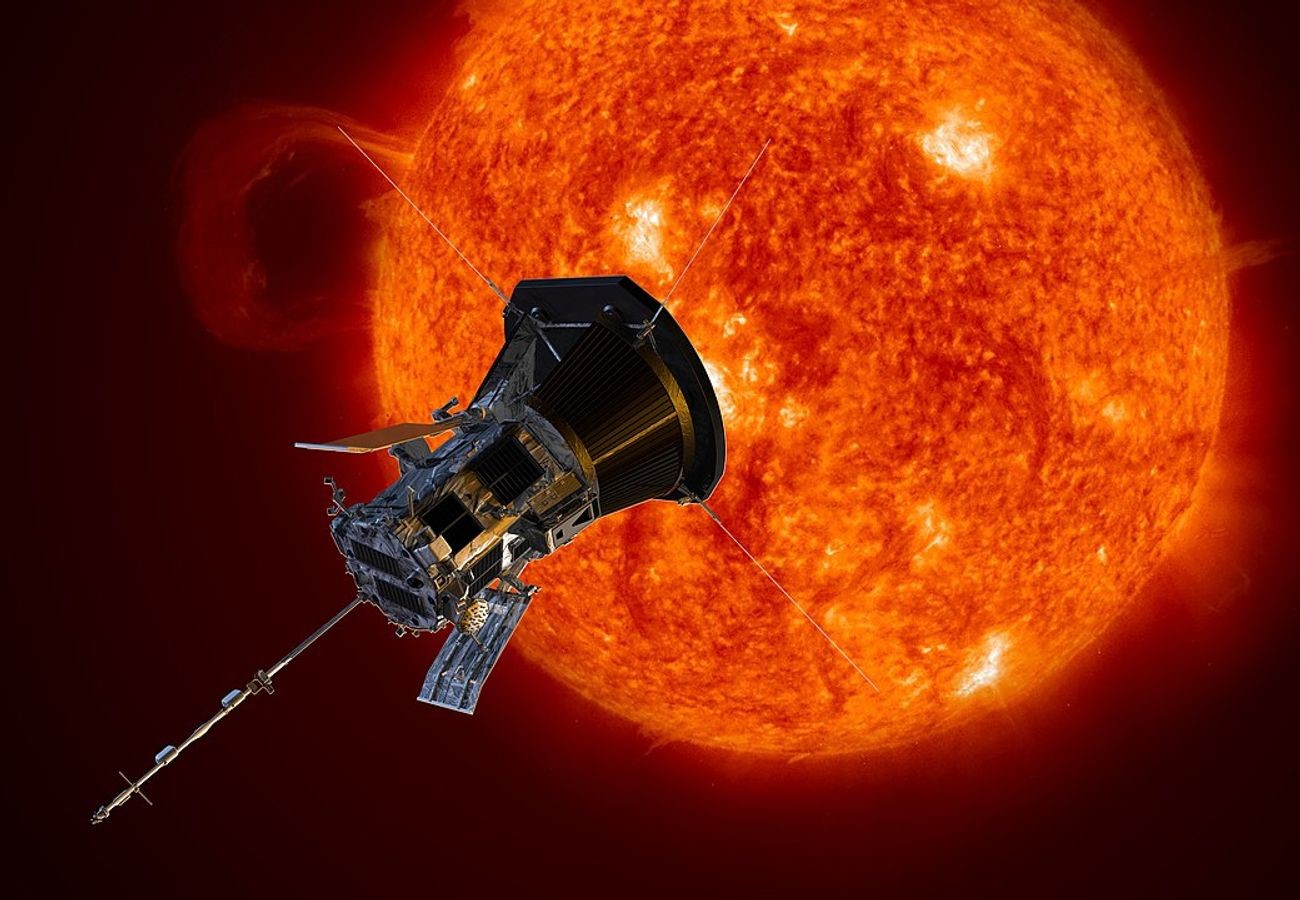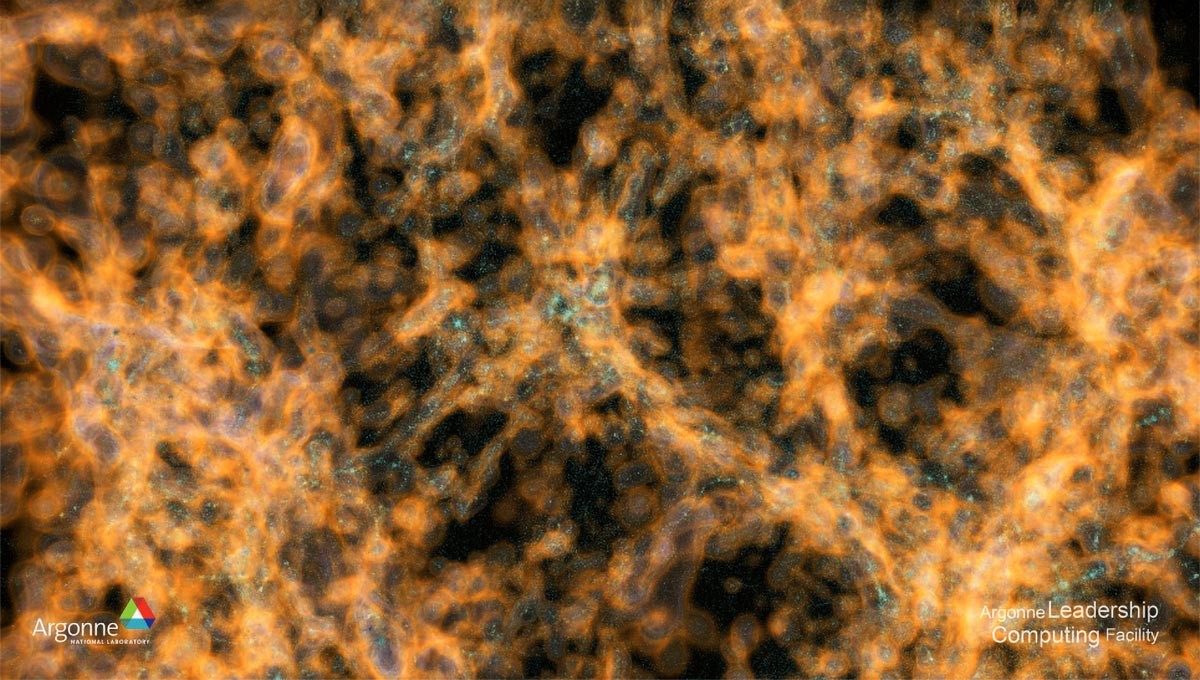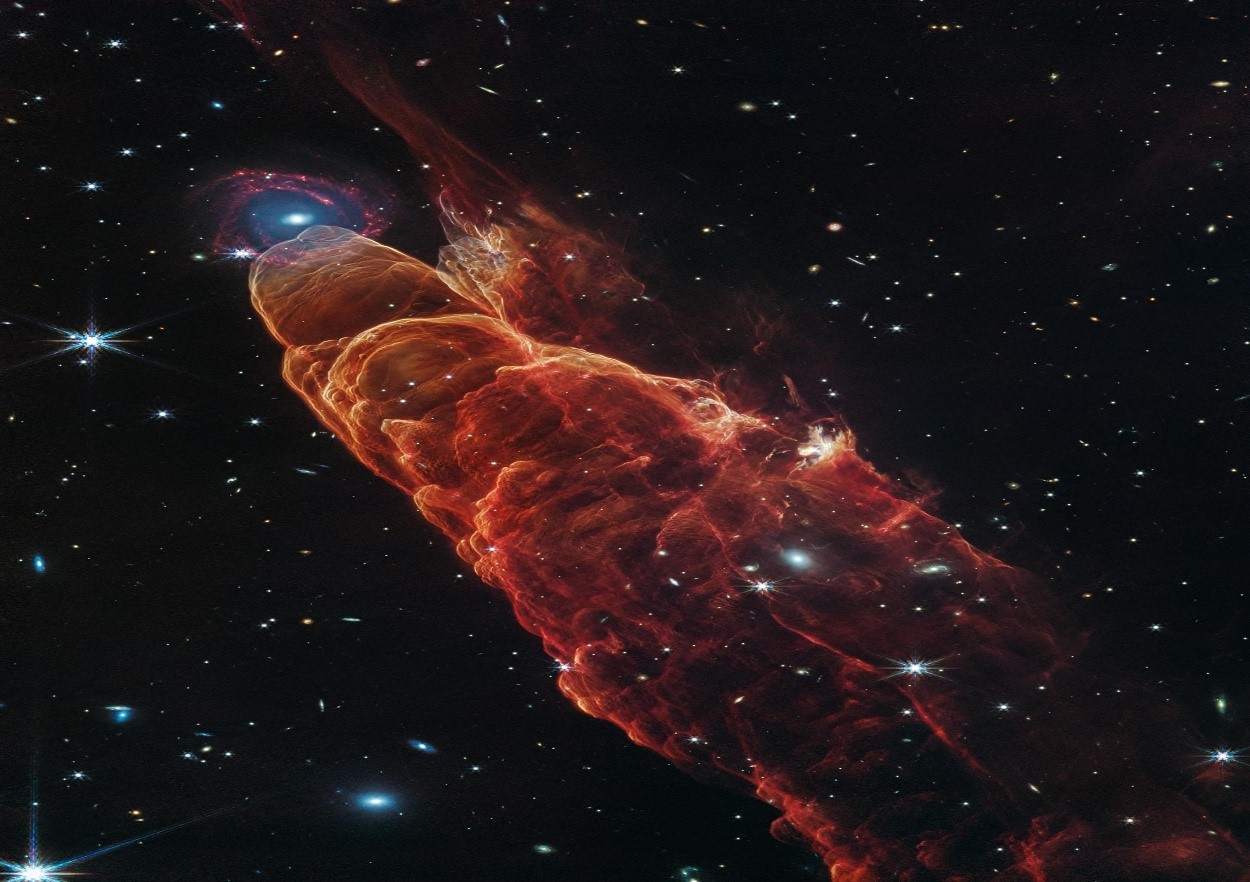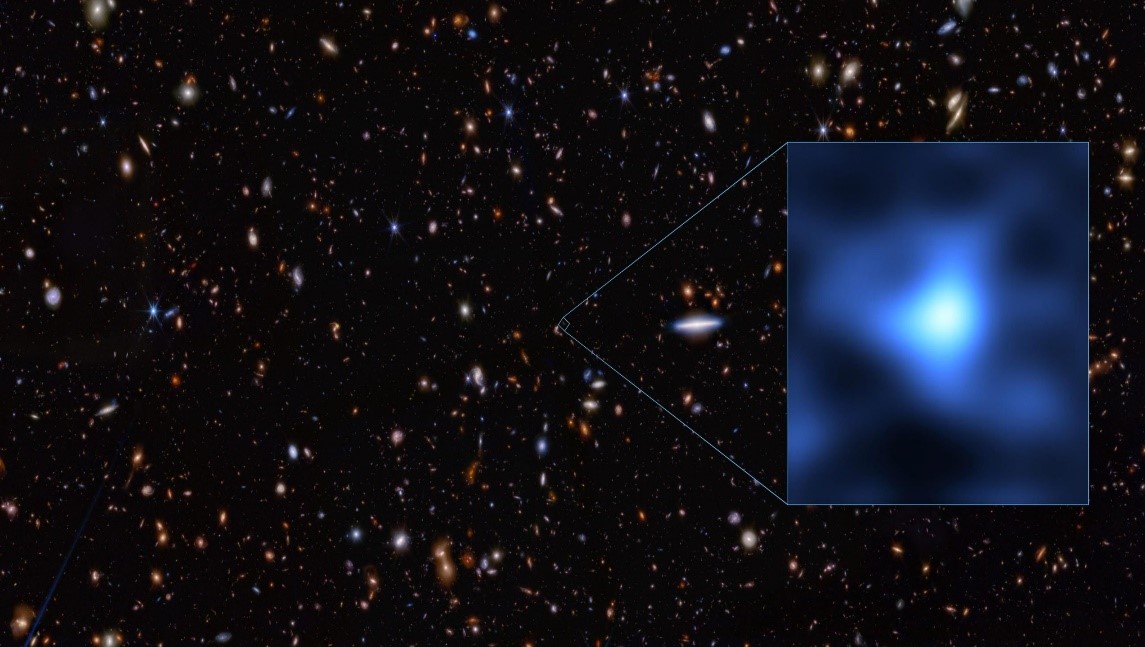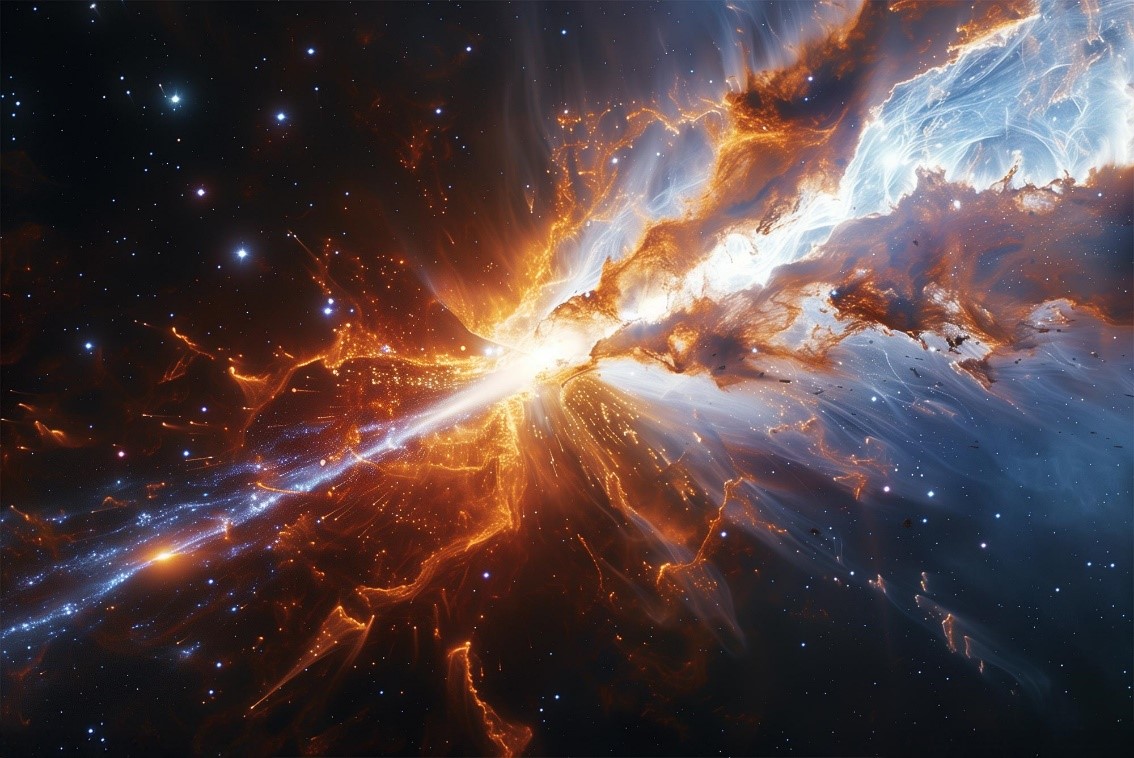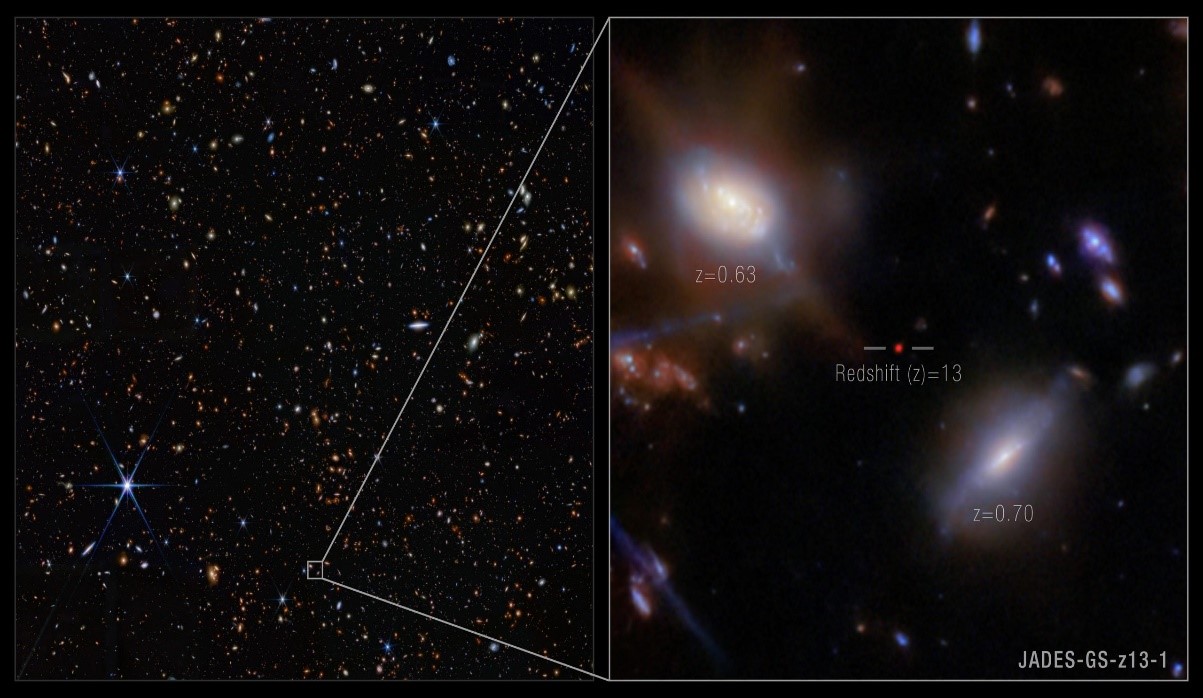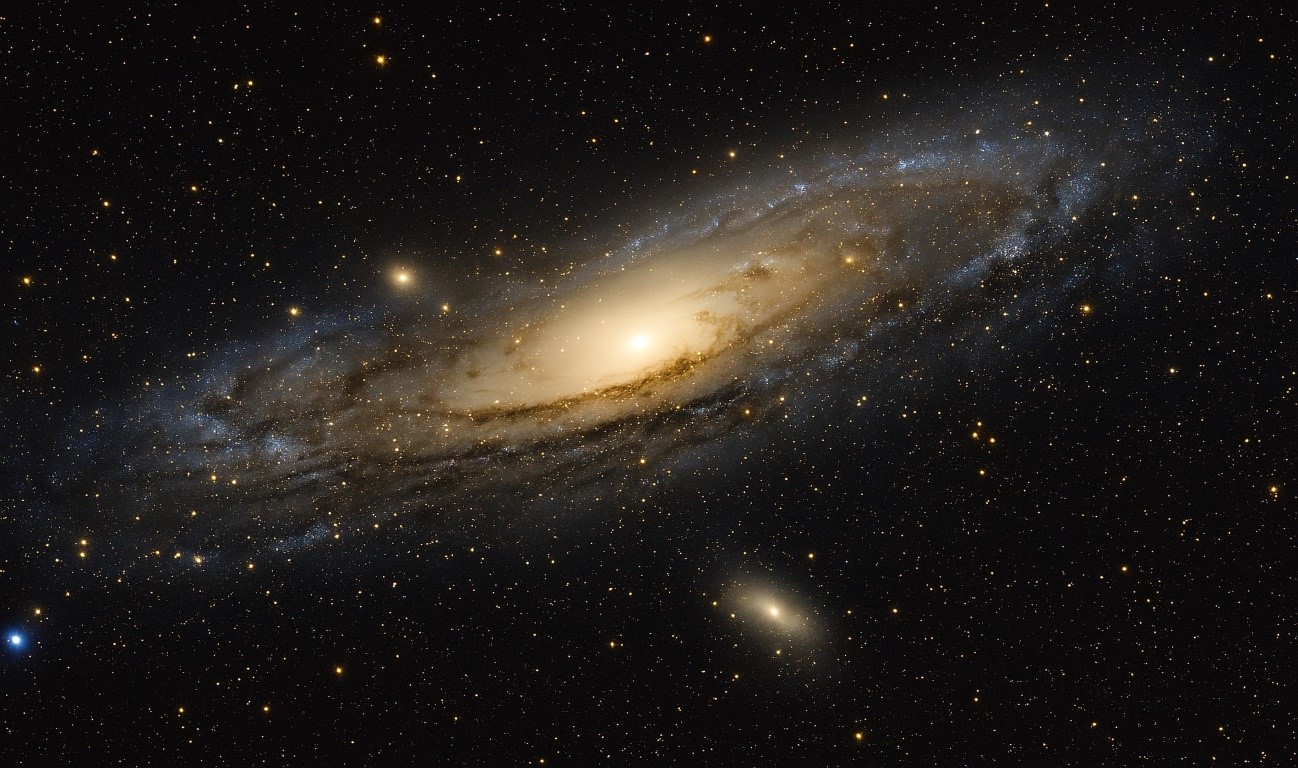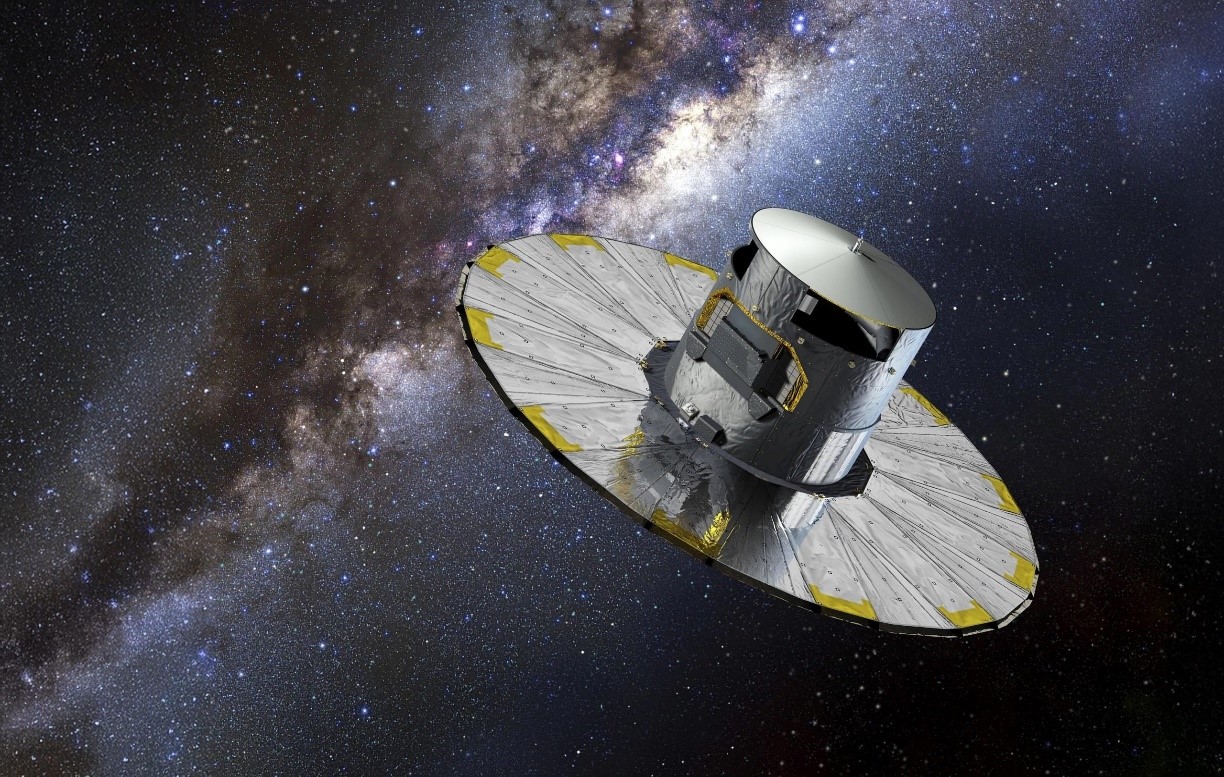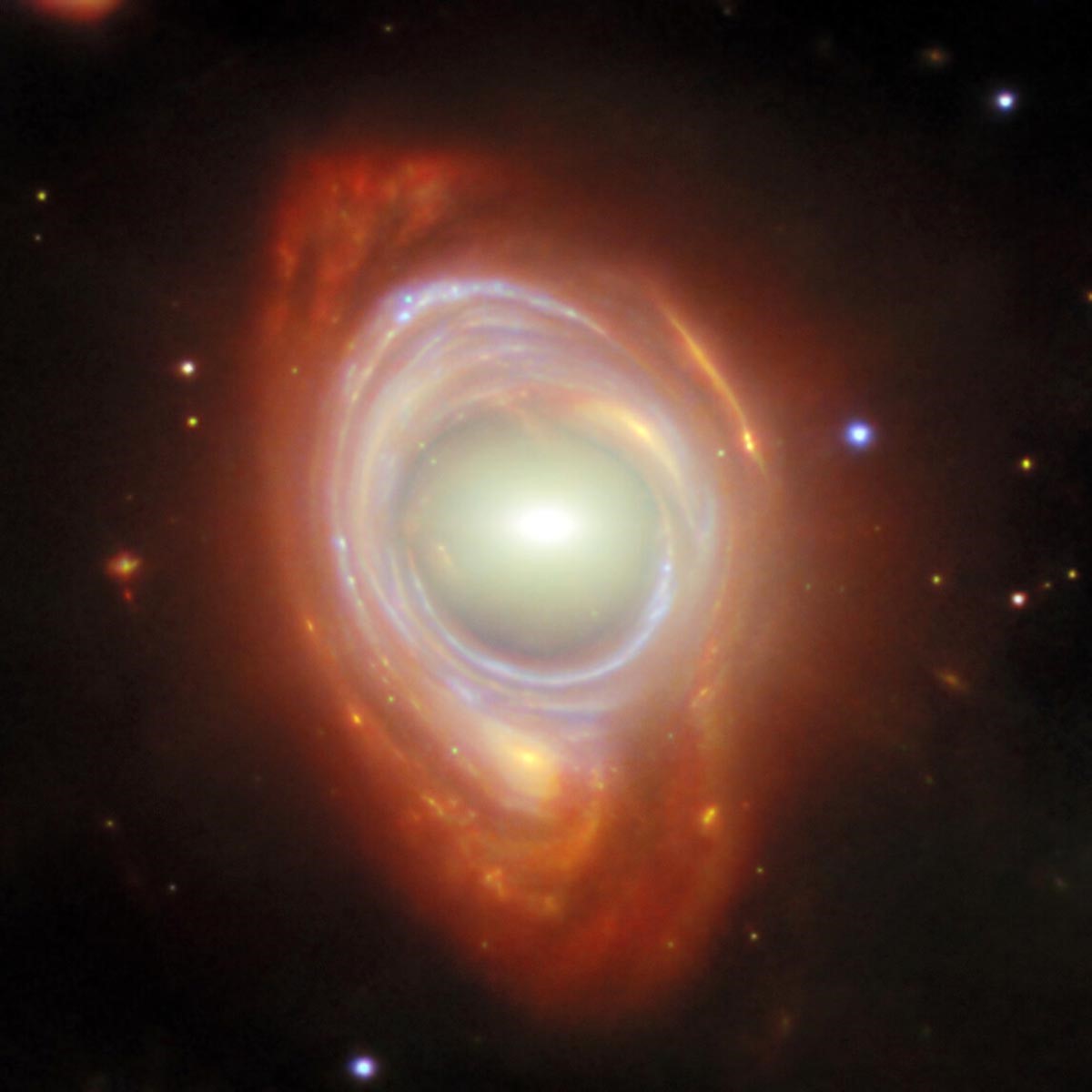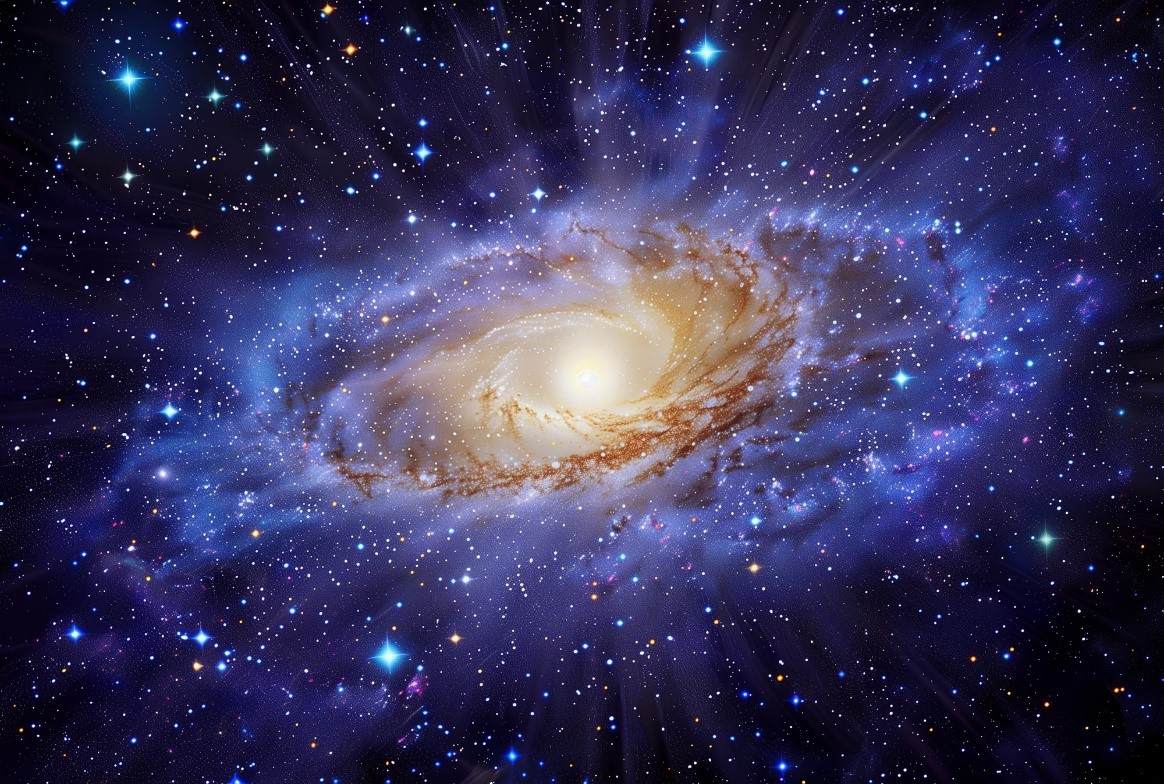Mysterious Star Emits Pulses Every 44 Minutes – Scientists Baffled
A Unique Cosmic Enigma Uncovered
Astronomers have discovered a star that defies known cosmic behavior—potentially representing an entirely new class of celestial objects.
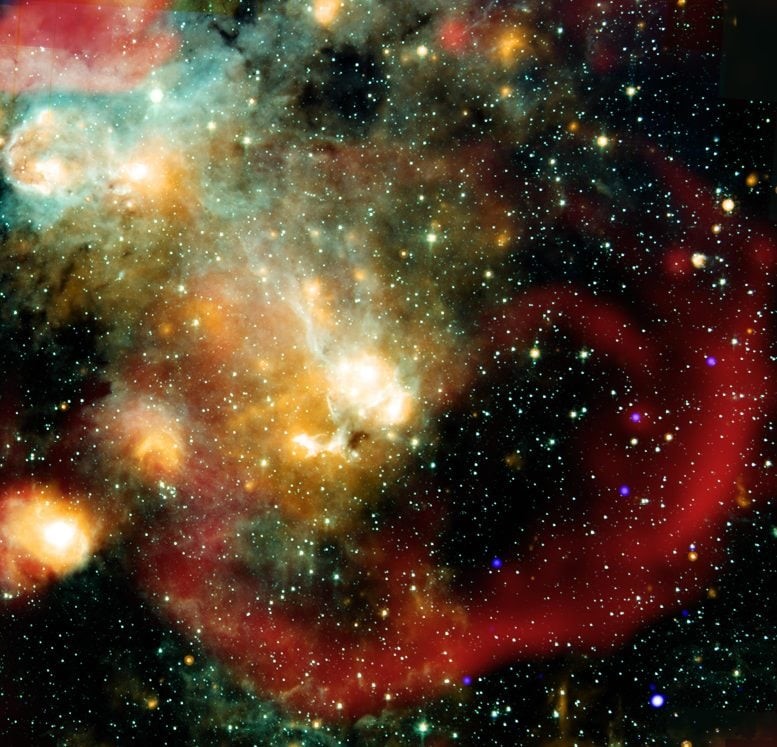
Figure 1. Enigmatic Star Pulses Every 44 Minutes — Scientists Puzzled.
Using a combination of NASA’s Chandra X-ray Observatory and Australia’s ASKAP radio telescope on Wajarri Country, scientists focused on a mysterious object named ASKAP J1832−0911 (or ASKAP J1832 for short). What they observed was unlike anything previously documented. Figure 1 shows Enigmatic Star Pulses Every 44 Minutes — Scientists Puzzled.
ASKAP J1832 belongs to a rare category of space phenomena known as “long-period radio transients,” first identified in 2022. These objects emit bursts of radio waves at unusually slow intervals—far slower than the rapid pulses typical of conventional pulsars. Rather than flashing several times per second, ASKAP J1832 emits a pulse just once every 44 minutes, placing it in a class all its own.
First X-Ray Signals Detected from a Star Pulsing Every 44 Minutes
ASKAP J1832−0911 (ASKAP J1832), a mysterious cosmic object, has stunned astronomers by emitting pulses every 44 minutes—not only in radio waves but also in X-rays, as revealed by NASA’s Chandra X-ray Observatory. This is the first time X-ray emissions have been detected from this rare class of objects known as “long-period radio transients,” first identified in 2022.
A striking composite image combines X-rays (blue) from Chandra, infrared data from NASA’s Spitzer Space Telescope (cyan and orange), and radio observations from LOFAR (red), providing a vivid look at this unusual star. Close-up images pinpoint the exact source region of these signals.
ASKAP J1832’s emission faded significantly over six months in both radio and X-ray wavelengths—a unique behavior not seen before in our Milky Way, leaving scientists puzzled.
Breaking the Mold of Known Stellar Objects
Researchers suggest ASKAP J1832 is unlikely to be a typical pulsar or neutron star accreting matter from a companion because its emission properties don’t align with known behaviors of such stars. Some features hint at it being an old magnetar (a neutron star with an extremely strong magnetic field), but the bright, variable radio emissions are difficult to explain for a star of that age.
Clues from a Nearby Supernova Remnant
ASKAP J1832 appears near a supernova remnant, often home to neutron stars, but this is probably a chance alignment. The team considers the possibility that ASKAP J1832 does not contain a neutron star. Instead, it might be a white dwarf with a companion star, though this would require the strongest magnetic field ever observed for a white dwarf in our galaxy.
Defying Known Stellar Categories
The research team suggests that ASKAP J1832 is unlikely to be a typical pulsar or a neutron star accreting material from a companion star, as its radio and X-ray signal intensities don’t match those expected from such objects. While some characteristics of ASKAP J1832 could be attributed to a magnetar—a neutron star with an exceptionally strong magnetic field—aged over half a million years, other traits, like its bright and highly variable radio emissions, are difficult to reconcile with such an old magnetar.
Clues from a Nearby Supernova Remnant
ASKAP J1832 appears to be located within the bounds of a supernova remnant—the aftermath of a stellar explosion that often houses a neutron star formed in the event. However, the research team believes this close alignment is likely coincidental and that the two objects are not physically related.
This finding led them to consider that ASKAP J1832 might not contain a neutron star after all. While an isolated white dwarf star does not fit the observed data, a white dwarf with a companion star could potentially explain it—though such a scenario would require the white dwarf to possess the strongest magnetic field ever recorded in our galaxy.
Source: SciTECHDaily
Cite this article:
Priyadharshini S (2025), Mysterious Star Emits Pulses Every 44 Minutes – Scientists Baffled, AnaTechMaz, pp.375



